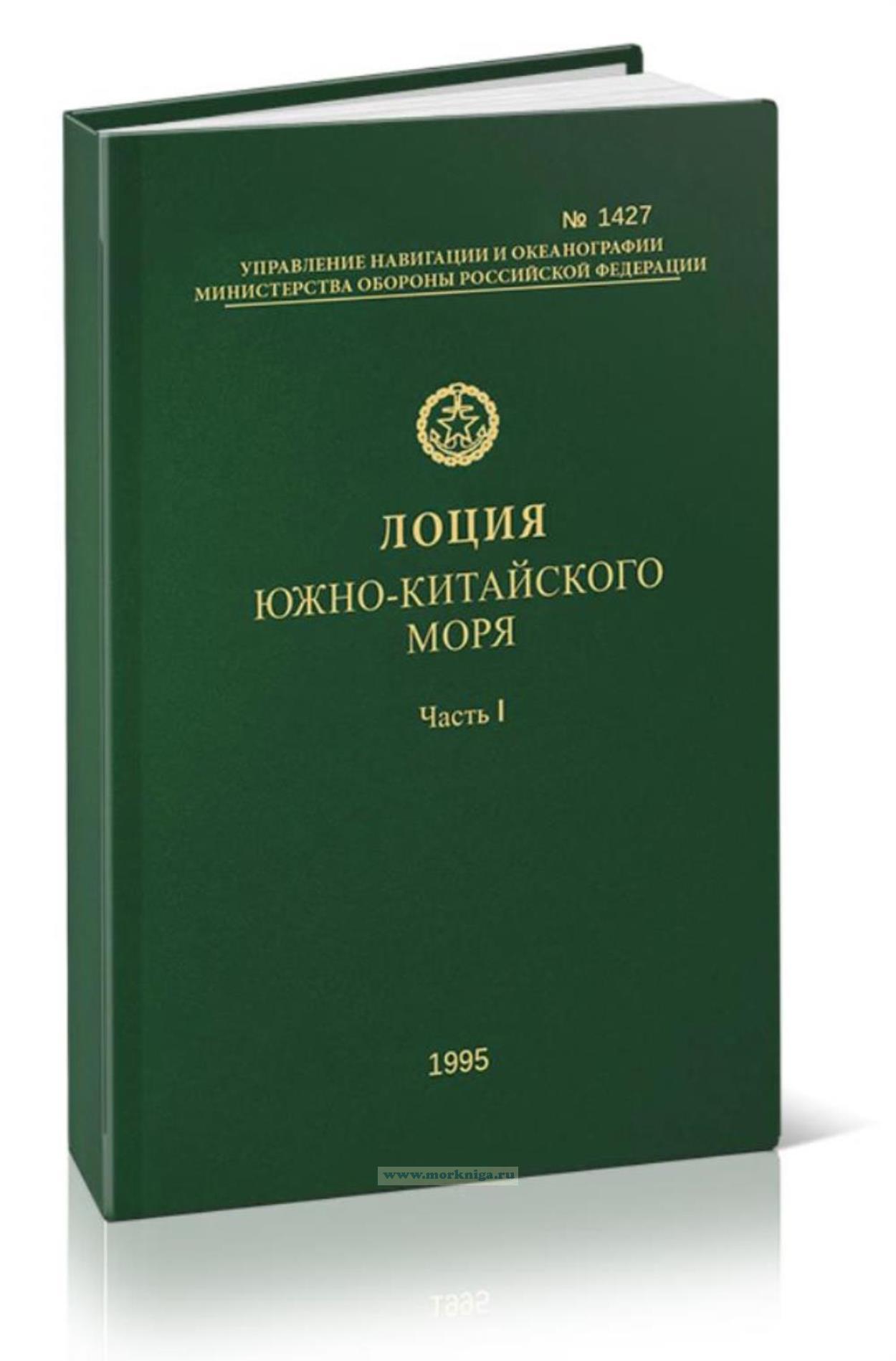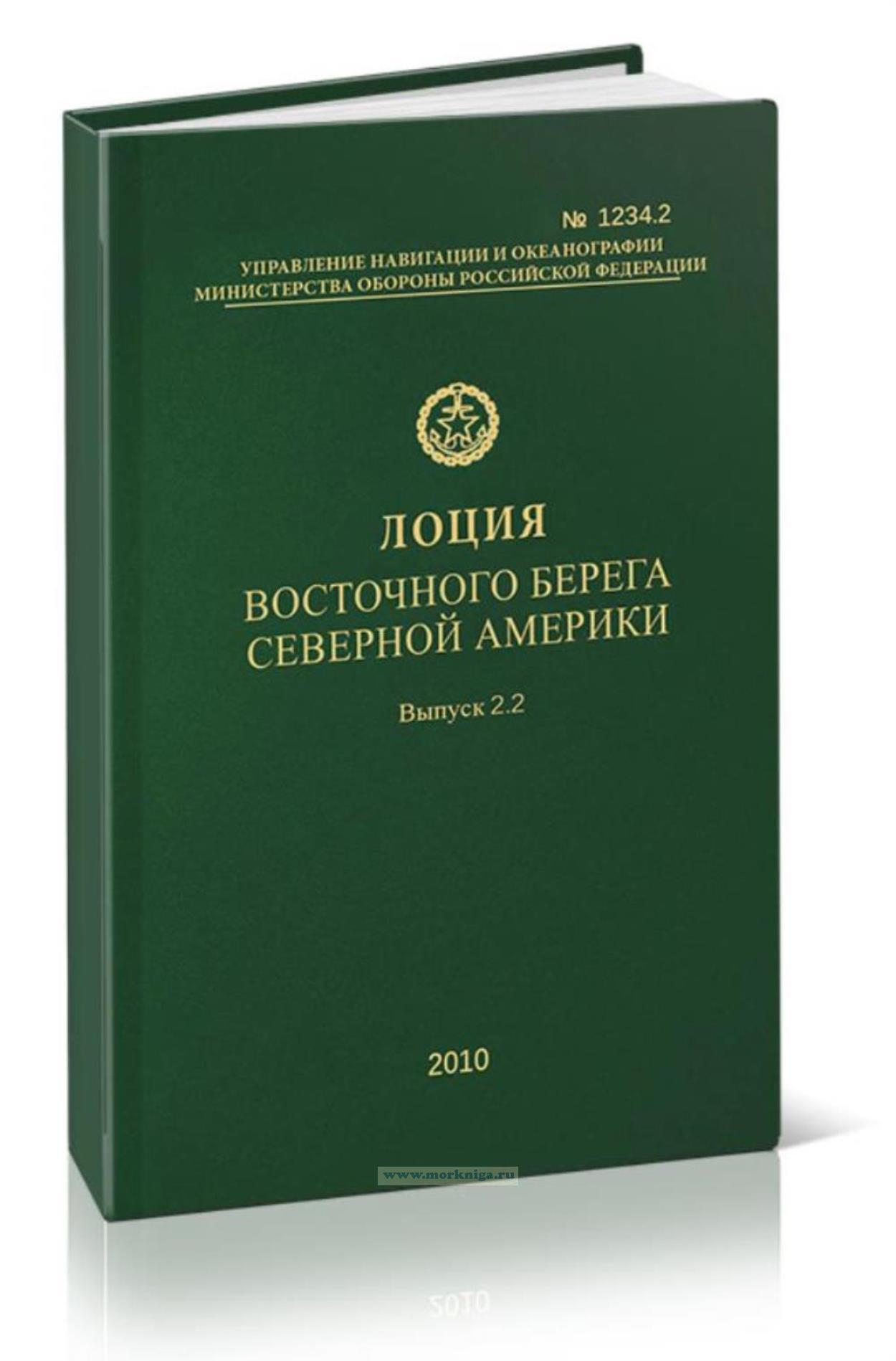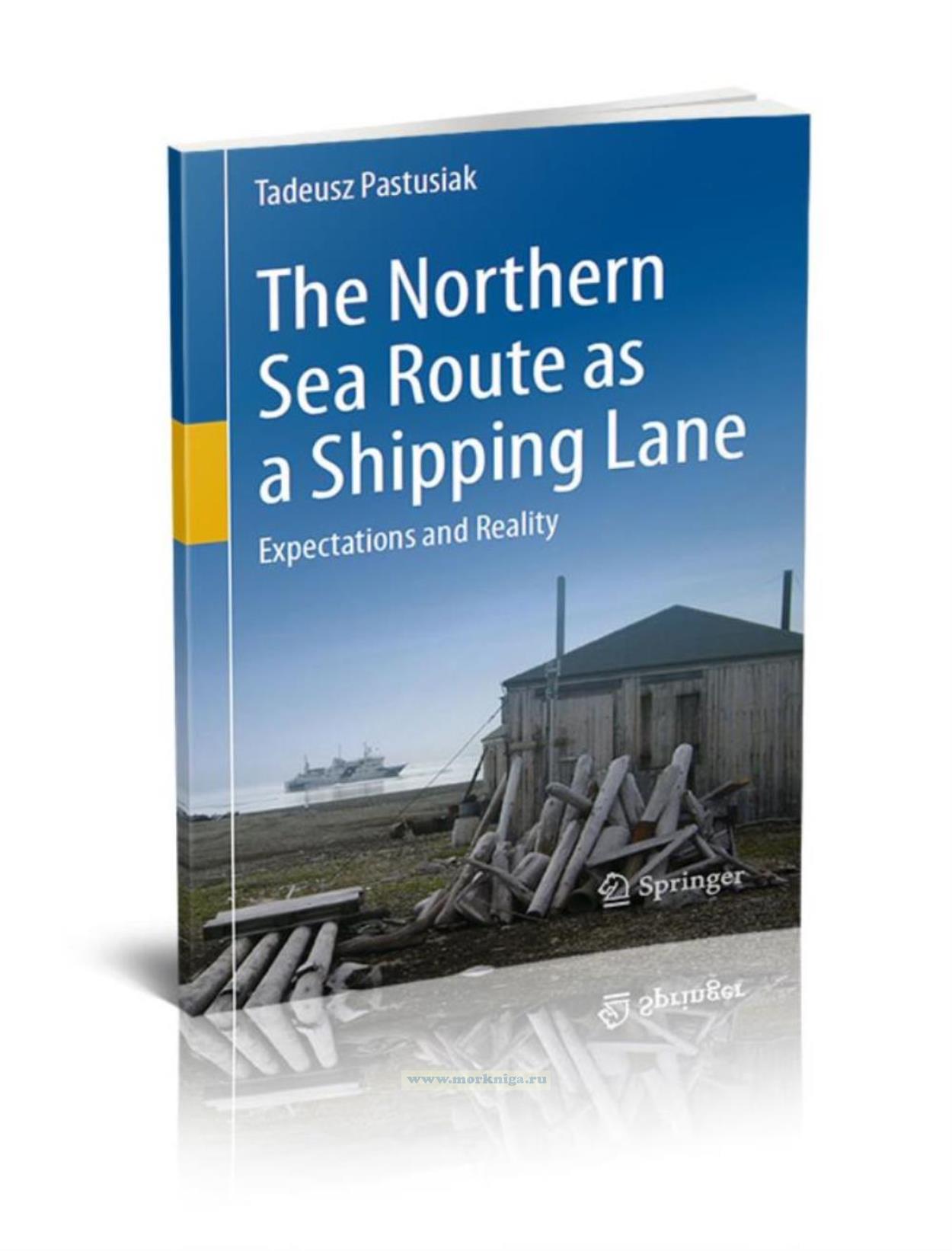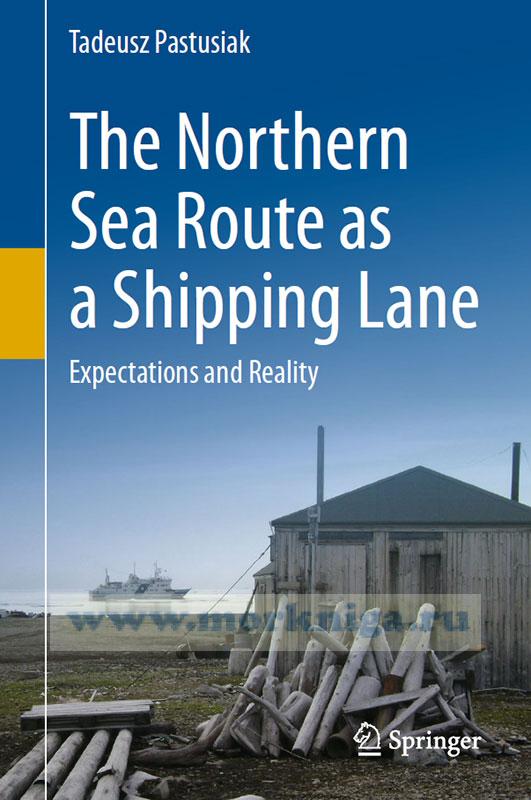The Northern Sea Route as a Shipping Lane. Expectations and Reality/–°–Ķ–≤–Ķ—Ä–Ĺ—č–Ļ –ľ–ĺ—Ä—Ā–ļ–ĺ–Ļ –Ņ—É—ā—Ć ‚Äď —Ā—É–ī–ĺ—Ö–ĺ–ī–Ĺ—č–Ļ –Ņ—É—ā—Ć. –ě–∂–ł–ī–į–Ĺ–ł—Ź –ł —Ä–Ķ–į–Ľ—Ć–Ĺ–ĺ—Ā—ā—Ć
-
 –õ–ĺ—Ü–ł—Ź –ģ–∂–Ĺ–ĺ-–ö–ł—ā–į–Ļ—Ā–ļ–ĺ–≥–ĺ –ľ–ĺ—Ä—Ź. –ß–į—Ā—ā—Ć 1. –ó–į–Ņ–į–ī–Ĺ–į—Ź —á–į—Ā—ā—Ć. –ź–ī–ľ. ‚ĄĖ 1427 (+ –ļ–ĺ—Ä—Ä–Ķ–ļ—ā—É—Ä–į ‚ĄĖ1427–°)
–õ–ĺ—Ü–ł—Ź –ģ–∂–Ĺ–ĺ-–ö–ł—ā–į–Ļ—Ā–ļ–ĺ–≥–ĺ –ľ–ĺ—Ä—Ź. –ß–į—Ā—ā—Ć 1. –ó–į–Ņ–į–ī–Ĺ–į—Ź —á–į—Ā—ā—Ć. –ź–ī–ľ. ‚ĄĖ 1427 (+ –ļ–ĺ—Ä—Ä–Ķ–ļ—ā—É—Ä–į ‚ĄĖ1427–°)
-
 –õ–ĺ—Ü–ł—Ź –ź–Ĺ—ā–į—Ä–ļ—ā–ł–ļ–ł. –í—č–Ņ—É—Ā–ļ 2. –ė–Ĺ–ī–ĺ–ĺ–ļ–Ķ–į–Ĺ—Ā–ļ–ł–Ļ –ł –ź—ā–Ľ–į–Ĺ—ā–ł—á–Ķ—Ā–ļ–ł–Ļ —Ā–Ķ–ļ—ā–ĺ—Ä—č . –ź–ī–ľ. ‚ĄĖ 1012
–õ–ĺ—Ü–ł—Ź –ź–Ĺ—ā–į—Ä–ļ—ā–ł–ļ–ł. –í—č–Ņ—É—Ā–ļ 2. –ė–Ĺ–ī–ĺ–ĺ–ļ–Ķ–į–Ĺ—Ā–ļ–ł–Ļ –ł –ź—ā–Ľ–į–Ĺ—ā–ł—á–Ķ—Ā–ļ–ł–Ļ —Ā–Ķ–ļ—ā–ĺ—Ä—č . –ź–ī–ľ. ‚ĄĖ 1012
-
 –õ–ĺ—Ü–ł—Ź –≤–ĺ—Ā—ā–ĺ—á–Ĺ–ĺ–≥–ĺ –Ī–Ķ—Ä–Ķ–≥–į –°–Ķ–≤–Ķ—Ä–Ĺ–ĺ–Ļ –ź–ľ–Ķ—Ä–ł–ļ–ł. –í—č–Ņ—É—Ā–ļ 2.2. –ě—ā –ľ—č—Ā–į –°–į–Ĺ–ī–ł-–•—É–ļ –ī–ĺ –ľ—č—Ā–į –ď–Ķ–Ĺ—Ä–ł. –ź–ī–ľ. ‚ĄĖ1234.2
–õ–ĺ—Ü–ł—Ź –≤–ĺ—Ā—ā–ĺ—á–Ĺ–ĺ–≥–ĺ –Ī–Ķ—Ä–Ķ–≥–į –°–Ķ–≤–Ķ—Ä–Ĺ–ĺ–Ļ –ź–ľ–Ķ—Ä–ł–ļ–ł. –í—č–Ņ—É—Ā–ļ 2.2. –ě—ā –ľ—č—Ā–į –°–į–Ĺ–ī–ł-–•—É–ļ –ī–ĺ –ľ—č—Ā–į –ď–Ķ–Ĺ—Ä–ł. –ź–ī–ľ. ‚ĄĖ1234.2
–ė–∑–ī–į–Ĺ–ł–Ķ –Ĺ–į –į–Ĺ–≥–Ľ–ł–Ļ—Ā–ļ–ĺ–ľ —Ź–∑—č–ļ–Ķ
Climate changes which have been taking place in the Arctic in recent years have led to a reduction in the extent and thickness of sea ice. This has resulted in an extension of the navigation season for all vessels, including those with low ice classes or even without ice strengthening. The prospect of being able to shorten the route between Europe and the Far East by following the Northern Sea Route instead of the route leading through the Suez Canal and regions in danger of terrorism is attracting more and more interest. As a result, it is quite understandable that much emotion is being excited by the information noise in the mass media and statements released by politicians and officials claiming that the Arctic Ocean will be completely free of ice during the summer season or that the NSR will in the near future be used as a shipping lane throughout the year. Such statements, however, do not seem to be well founded, as they are based on the optimistic results of IPCC climate models and totally disregard the more pessimistic results.
With this in mind, the author of the book, scientist and a licenced Master Mariner with many years of professional experience, has set out to evaluate the functioning of the Northern Sea Route as part of the maritime shipping lane between the ports of Europe and the Far East. This evaluation has been conducted for two time horizons: contemporary and future (until the year 2050 inclusive). The book is based on the author’s Ph.D. thesis modified and enhanced for the publication.
The author has systematised the available knowledge and opinions concerning the role of the NSR among other sea and land transport routes in terms of environmental conditions (including the bathymetry of the Russian Arctic seas), climatic and hydrological conditions as well as technical conditions which must be met by vessels navigating on the NSR and their capability to navigate through ice.
One of the most difficult tasks of decision-makers is making decisions about the future. In order to facilitate this task, the author of this publication has systematized the knowledge and opinions regarding climate changes and the resulting changes in the extent of ice cover in the Russian Arctic. His analysis of future changes in ice cover based on IPCC models made it possible to determine navigational prospects on the NSR within particular time frames for vessels with different ice-navigation capabilities. His simulation of voyage planning and its realisation based on up-to-date real data on the state of ice cover (obtained by means of remote sensing satellites) and taking into account the economy of maritime shipping in ice is in accordance with the results of climate change and ice cover change analysis based on IPCC models.
First and foremost this book is aimed at government decision-makers and commercial companies faced with the dilemma whether to engage in trade or shipping on the Northern Sea Route, when and what actions to take, and what range of uncertainty to take into account when making important long-term decisions.
The book is also aimed at general and vocational education institutions, which instruct new generations of seamen and engineers considering working in polar regions or for the needs of polar navigation.
Contents
Part I The Northern Sea Route in Global Shipping and History
1 Introduction
1.1 Purpose and Scope of the Book
1.2 Sea Route and Its Specifics
1.3 Shipping Routes of the World
1.4 Shipping Routes of the Russian Arctic
1.5 Specificity of the Northern Sea Route as a Shipping Lane
References
2 A Brief History of Navigation on the Northern Sea Route
2.1 The Beginnings of Cargo Shipping on the Northern Sea Route
2.2 The Period of the Second World War
2.3 Shipping on the Northern Sea Route After the Second World War
2.4 Creation of Legal Amenities for International Traffic on the Northern Sea Route
2.5 The Use of the Northern Sea Route for International Traffic
References
Part II Environmental Conditions - Bathymetry, Climate and Hydrology
3 Environmental Conditions Affecting the Use of the Northern Sea Route as a Shipping Lane
3.1 Bathymetric Conditions of the Russian Arctic Seas
3.2 Climatic Conditions of the Russian Arctic Seas and Their Implications for Navigation on the Northern Sea Route
3.3 Hydrological Conditions of the Russian Arctic Seas and Their Implications for Navigation on the Northern Sea Route
References
4 Sea Ice Occurring on the Seas of the Russian Arctic and Its Impact on Navigating the Northern Sea Route
4.1 Sea Ice Characteristics Affecting the Safety and Navigation of Vessels on the Northern Sea Route
4.2 Mean Ice Conditions on the Seas of the Russian Arctic
4.3 Long-Term Variability of Ice Cover on Seas of the Russian Arctic
4.4 Long-Term Variability of the Ice-Free Season on the Seas of the Russian Arctic
References
Part III Technical Conditions ‚Äď Vessels, Infrastructure, Routes and Nodal Points
5 Technical Conditions Affecting the Use of the Northern Sea Route as a Shipping Lane
5.1 Technical Requirements Placed on Vessels Using the Northern Sea Route
5.2 Transport and Navigation Infrastructure on the Northern Sea Route
References
6 Variants of the Northern Sea Route
6.1 Route Location
6.2 Narrow Passages ‚Äď Nodal Points of the Northern Sea Route
References
Part IV Current and Future Accessibility of the Northern Sea Route ‚Äď Expectations and Reality
7 Route Selection on the Northern Sea Route Under Continuously Changing Ice Conditions
7.1 Principles of Route Selection During the Navigation Season
7.2 Routing of a Vessel on the Northern Sea Route in Real Ice Conditions
7.3 Inception of Regular Shipping on the Northern Sea Route
References
8 The Possibility of Using the Northern Sea Route in the Light of Climate Change Scenarios
References
9 Summary and Conclusions
Appendix A
Appendix B
Appendix C
Index-English
Index-Russian

